Earth’s natural wonders are a readymade bucket list for travelers. But they might not always be. When news such as the recent UNESCO recommendation that the Great Barrier Reef be added to a list of endangered heritage sites breaks, it’s a bittersweet reminder that the planet’s most extraordinary attractions are also some of the most fragile. From the climate crisis and pollution to development and invasive species, the threats to Earth’s ecosystems are innumerable. Below are 12 of the most staggering at-risk natural wonders travelers should visit before they’re gone.
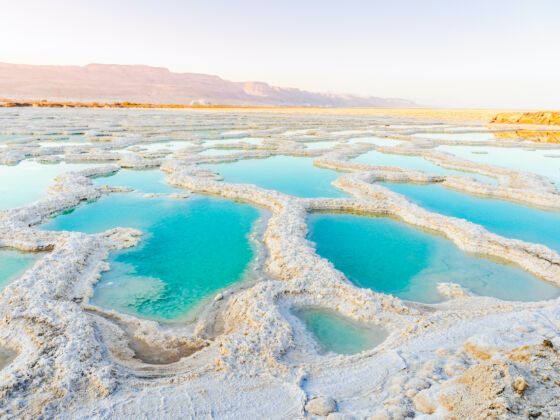

12 Extraordinary Natural Wonders to See Before They’re Gone
1. Mesoamerican Barrier Reef
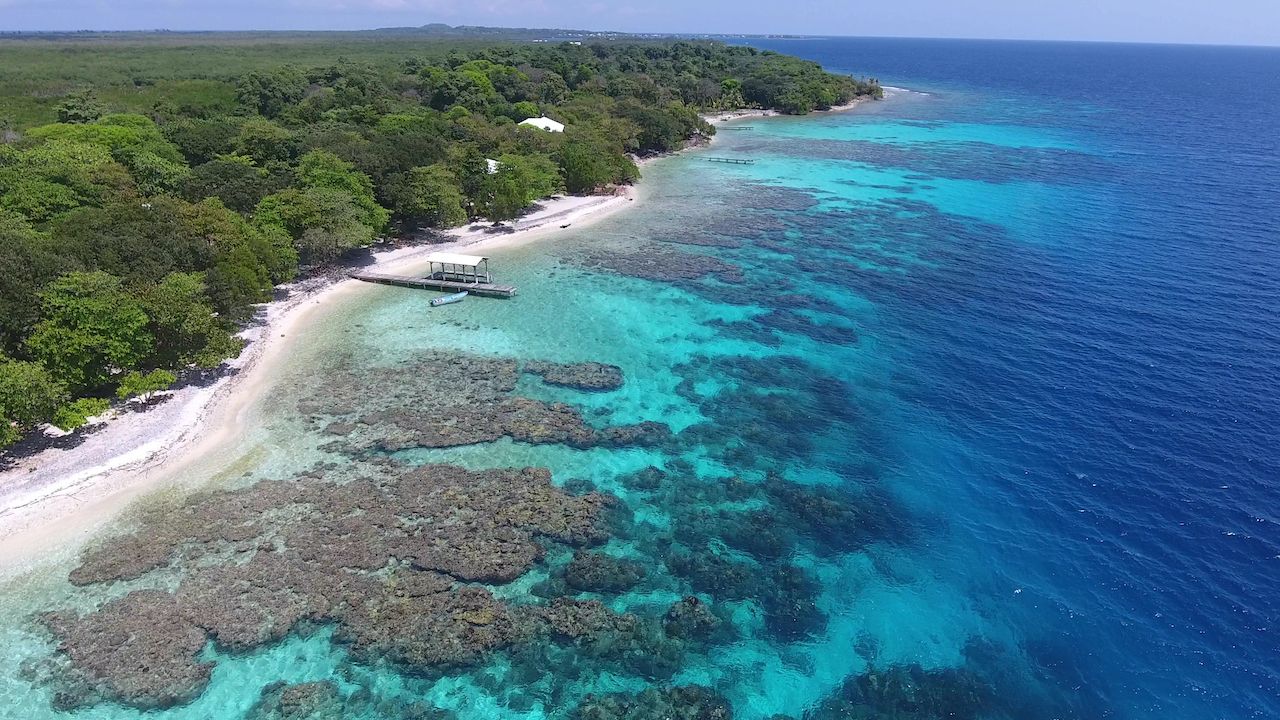
Photo: Julie Shigetomi/Shutterstock
The largest barrier reef in the Western Hemisphere, second only to the Great Barrier Reef worldwide, spans Mexico, Belize, Guatemala, and Honduras. It’s suffering at the hands of human encroachment, from overfishing and overtourism to pollution. Warmer waters and rising tides also pose a threat to the reef system’s hundreds of fish species, dozens of coral species, mangrove forests, manatee and sea turtle populations, and myriad of other marine life.
2. Glacier National Park

Photo: Vaclav Sebek/Shutterstock
That the world’s glaciers are melting is an oft-acknowledged consequence of climate change. This is one issue facing Glacier National Park in Montana. The park is also home to a variety of at-risk flora and fauna, from grizzly bears to stoneflies, whose survival depends on the park’s preservation. Only one species is considered endangered, the gray wolf, while four are listed as threatened and 140 plants and animals are considered “species of special concern.”
3. Congo Basin
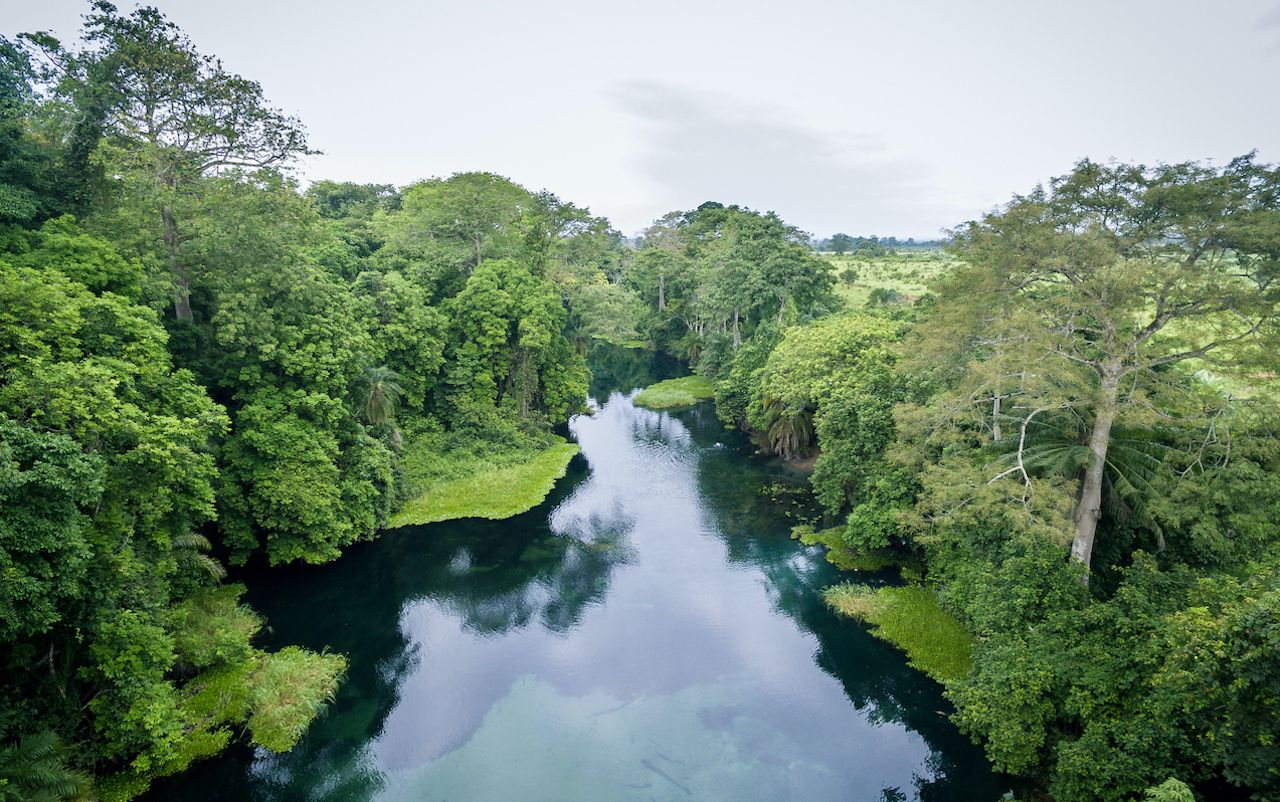
Photo: Antoinee/Shutterstock
The Congo Basin spans 500 million acres across central Africa, making it the largest tropical forest in the world after the Amazon. Home to thousands of plant and animal species, many of them endemic or endangered, it also hosts more than 100 Indigenous groups. Sadly climate change, deforestation, and poaching have made this vital ecosystem an at-risk natural wonder.
4. White Cliffs of Dover
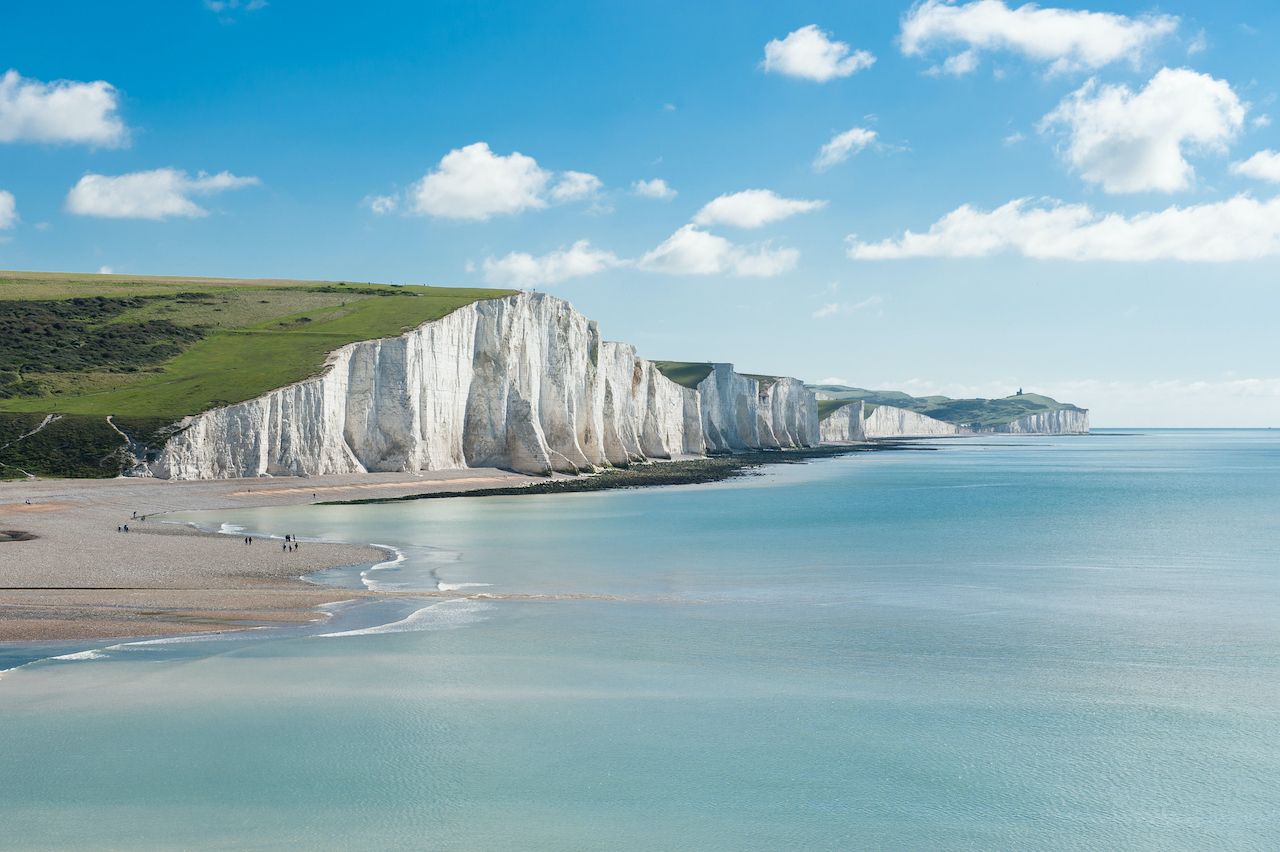
Photo: GlennV/Shutterstock
Southeastern England’s chalk cliffs are eroding at an alarming rate, abrading 10 times faster now than they have been over the past seven millennia. Though erosion has been underway since the cliffs were formed roughly 90 million years ago, researchers attribute the speed at which they’re currently disappearing to human impact, such as the construction of sea walls and other coastal engineering, and increasingly intense storms that are likely due to climate change.
5. Monarch Butterfly Biosphere Reserve
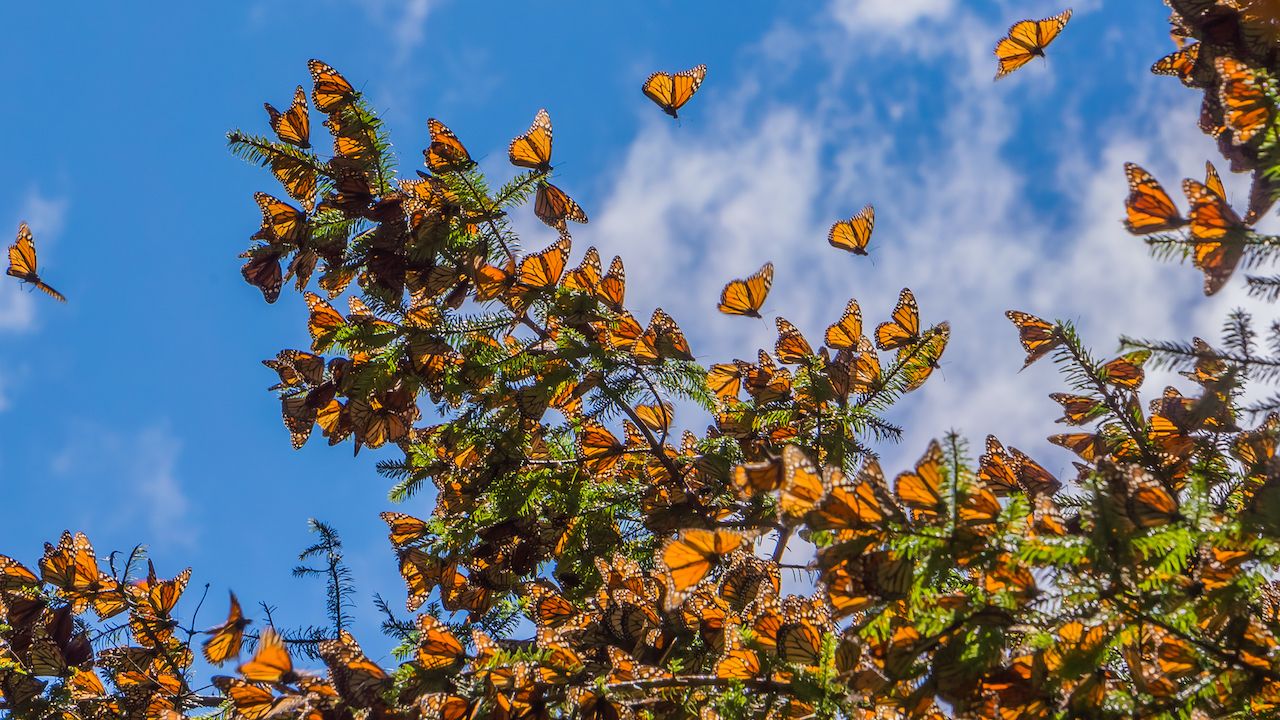
Photo: JHVEPhoto/Shutterstock
North America’s monarch butterflies face several threats. Chief among them are deforestation, shrinking breeding habitats, a decrease in larval food sources due herbicide use, and severe summer and winter temperatures. Last December, the UNESCO-listed Monarch Butterfly Biosphere Reserve northwest of Mexico City, where millions of monarch butterflies migrate every winter, saw a 26 percent drop in its hibernating population. Forest degradation in the reserve also increased by four times between 2019 and 2020 compared to 2018 and 2019.
6. Sundarbans Mangrove Forest
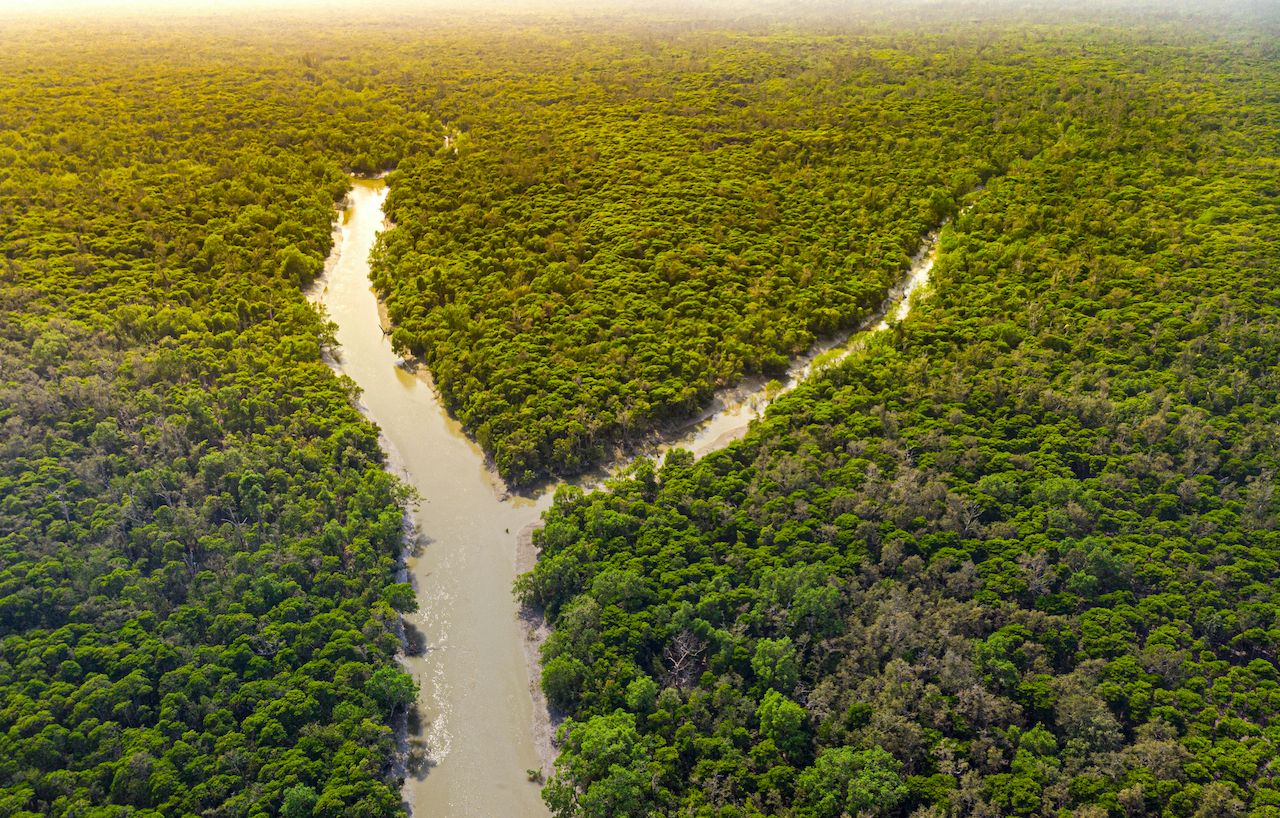
Photo: Mahmud Alam/Shutterstock
The world’s largest mangrove ecosystem, the Sundarbans, sits on the delta of the Ganges, Brahmaputra, and Meghna rivers on the Bay of Bengal between India and Bangladesh. It’s also disappearing. Rising sea levels and human encroachment are steadily shrinking the Sundarbans, whose threatened and endangered wildlife, from the Bengal tiger and Indian python to the Ganges and Irrawaddy dolphins, add to its status as an at-risk natural wonder.
7. Joshua Tree National Park
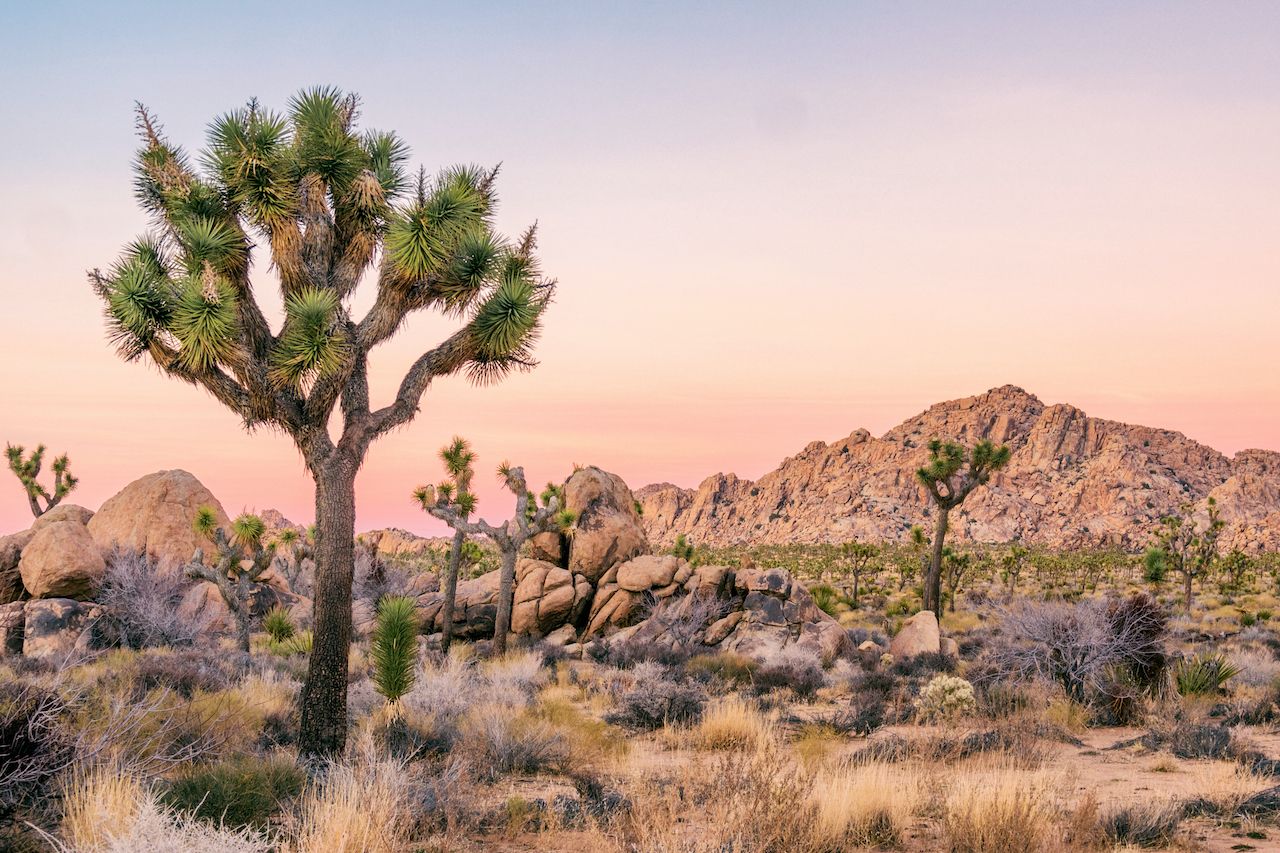
Photo: Dennis Silvas/Shutterstock
The Mojave Desert’s million-year-old Joshua trees are becoming yet another casualty of climate change. In September 2020, the species was granted temporary protection under the California Endangered Species Act due to the threats of hotter, drier conditions and fire. Development and vandalism have also contributed to the desert’s dwindling Joshua tree numbers.
8. The Dead Sea
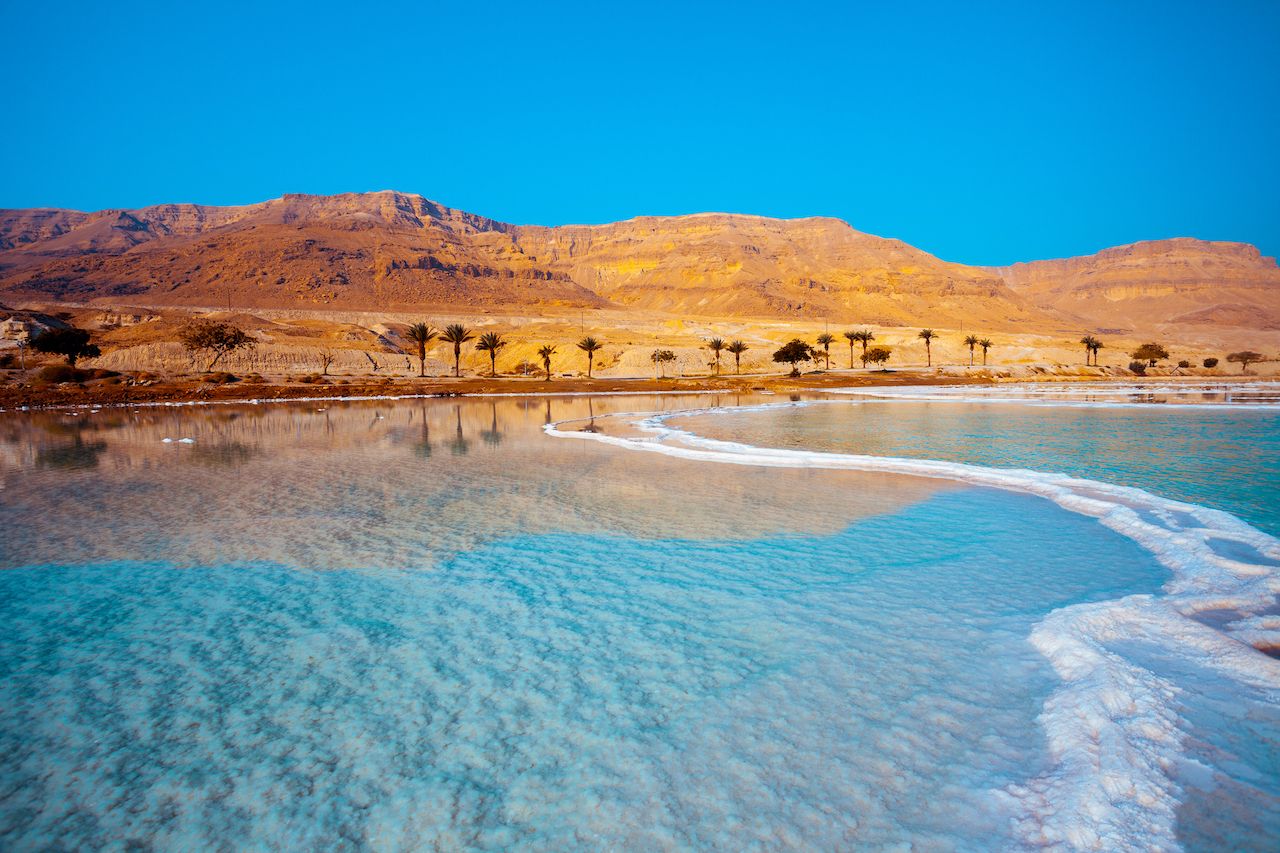
Photo: vvvita/Shutterstock
The Dead Sea is dying. As the flow of freshwater to this natural wonder in the Jordan Rift Valley decreases, a consequence of human intervention such as mineral extraction and the construction of pipes, the Middle East’s most famous salt lake is drying out and disappearing. As of 2016, it was reportedly receding at a dramatic rate of 3.3 feet per year.
9. Arctic National Wildlife Refuge
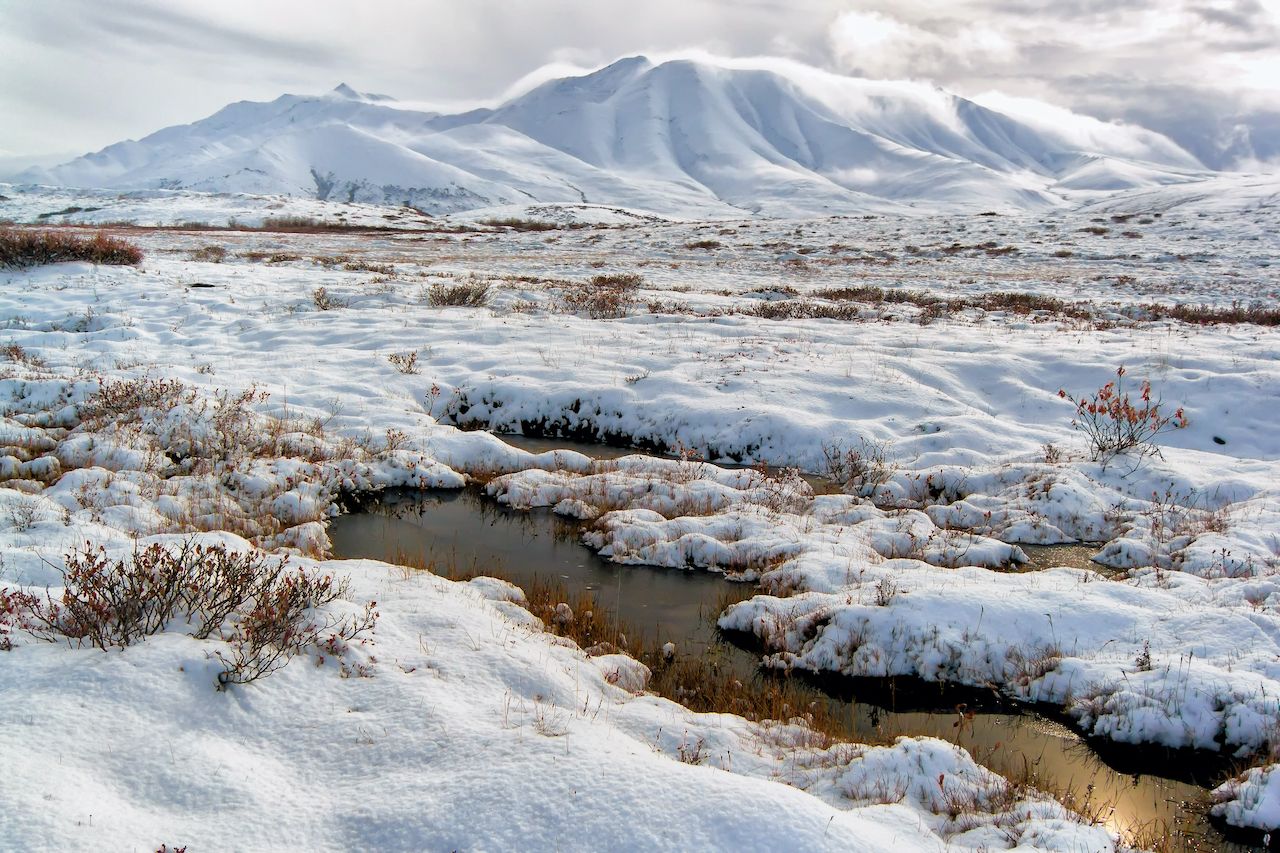
Photo: Troutnut/Shutterstock
In January 2021, the Trump administration auctioned off nine leases for oil and gas drilling in Alaska’s Arctic National Wildlife Refuge. The Biden administration has since suspended these leases, but the threat of drilling has long loomed over the refuge, which is among the largest unspoiled wilderness areas in the US and habitat for such species as polar bears and caribou. The climate crisis has also resulted in faunal decline, particularly the refuge’s polar bears.
10. The Everglades
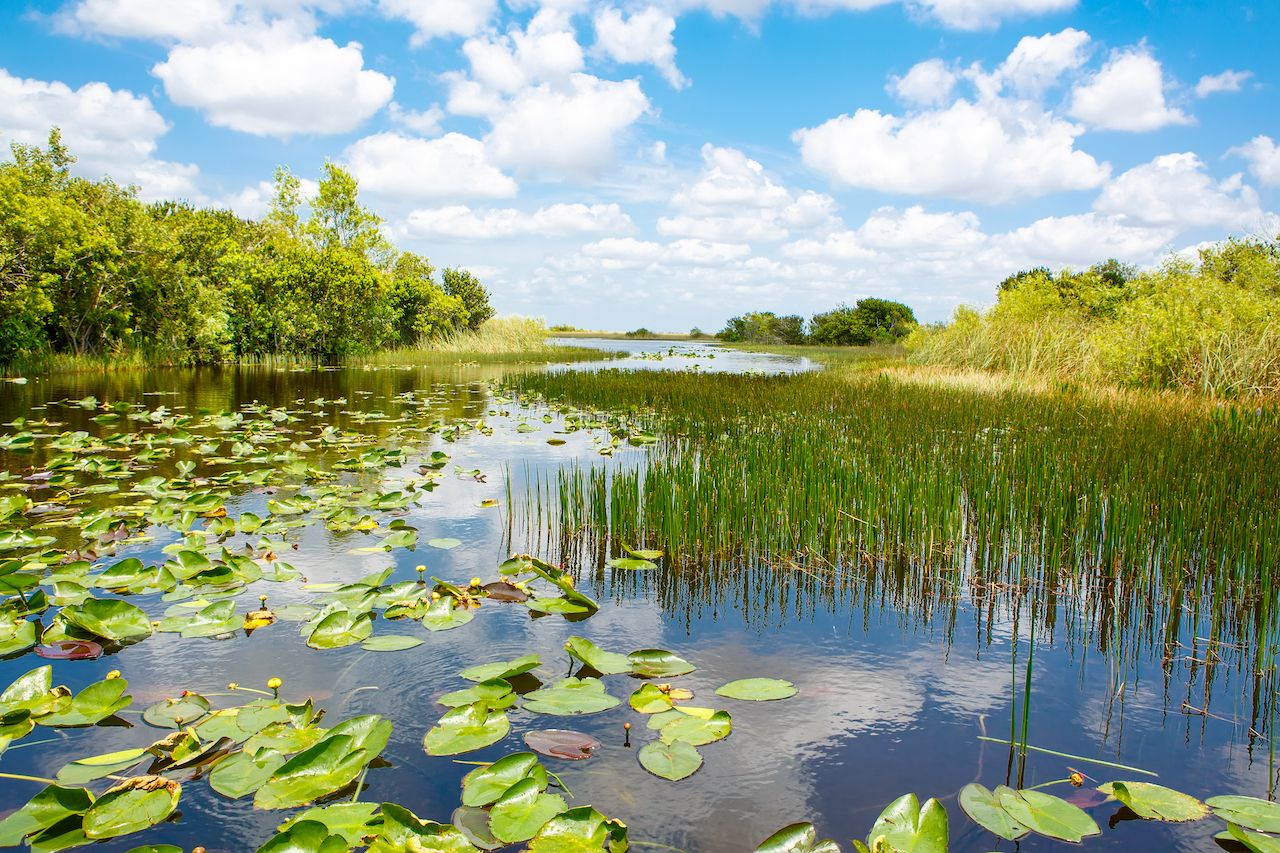
Photo: Romrodphoto/Shutterstock
Spanning two million acres, Florida’s Everglades is the largest subtropical wetland in the country. Several endangered species live in the Everglades, from the Florida panther and the West Indian manatee to a number of the wetland’s hundreds of native bird species. Non-native species pose a considerable threat to the Everglades, primarily plants, which are estimated to have invaded roughly 1.7 million acres. The rising sea level and a lack of freshwater due to the diversion of river water for agricultural purposes have also put the area at risk.
11. Glacial Patagonia
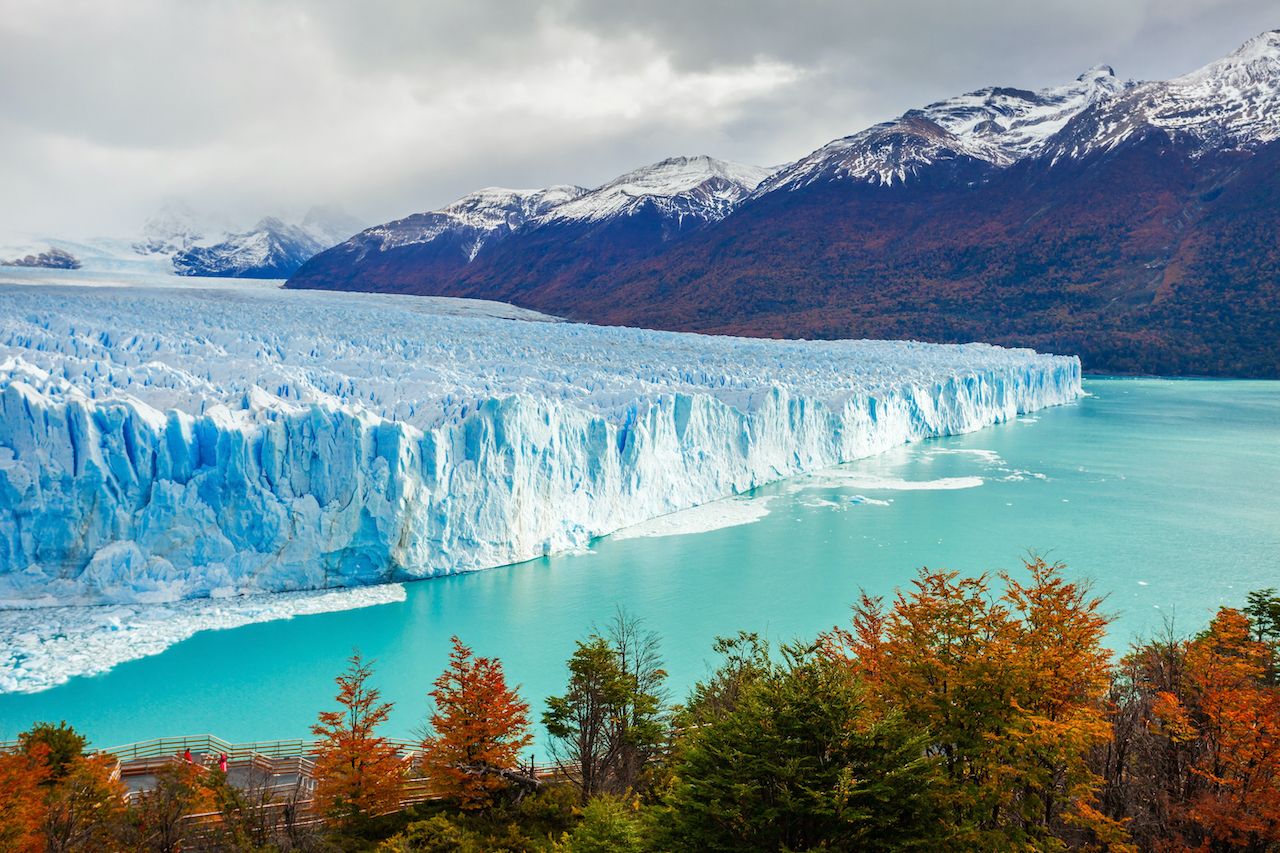
Photo: saiko3p/Shutterstock
Patagonia’s icefields comprise the second largest glacial sheet in the Southern Hemisphere after Antarctica. They’re also some of the most rapidly thinning ice expanses on the globe. Some scientists speculate that the HPS-12 glacier is the fastest melting glacier in the world. According to glaciologist Etienne Berthier, at its fastest, HPS-12 thinned more than 140 feet in one year.
12. Komodo Island
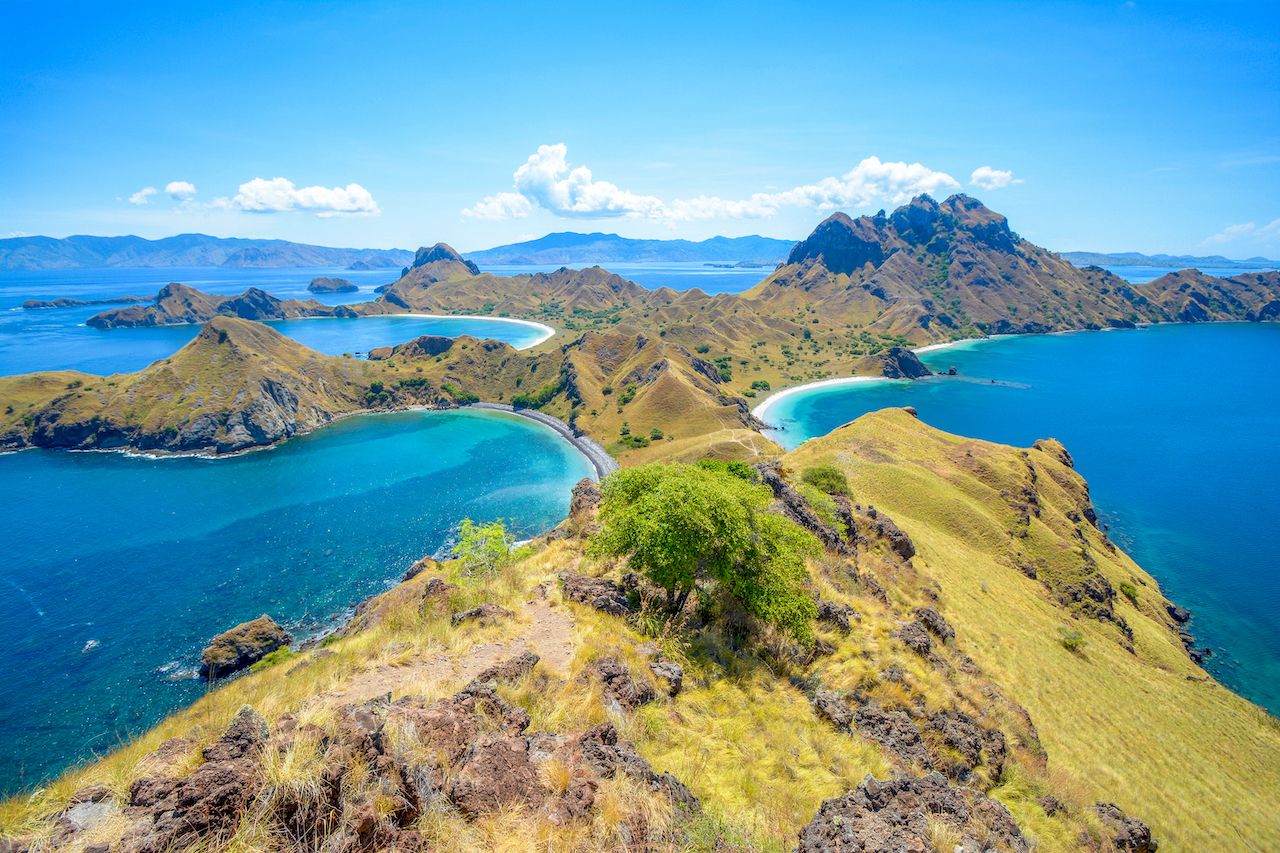
Photo: mbrand85/Shutterstock
According to the IUCN World Heritage Outlook 2020 conservation report, Komodo National Park, which takes up a majority of Indonesia’s Komodo Island, is an area of significant concern. Together with the existing threats to the island’s marine ecosystems, which include illegal fishing practices and the presence of a coral-killing invasive species, the island’s eponymous reptile species is reportedly suffering at the hands of increased tourism.